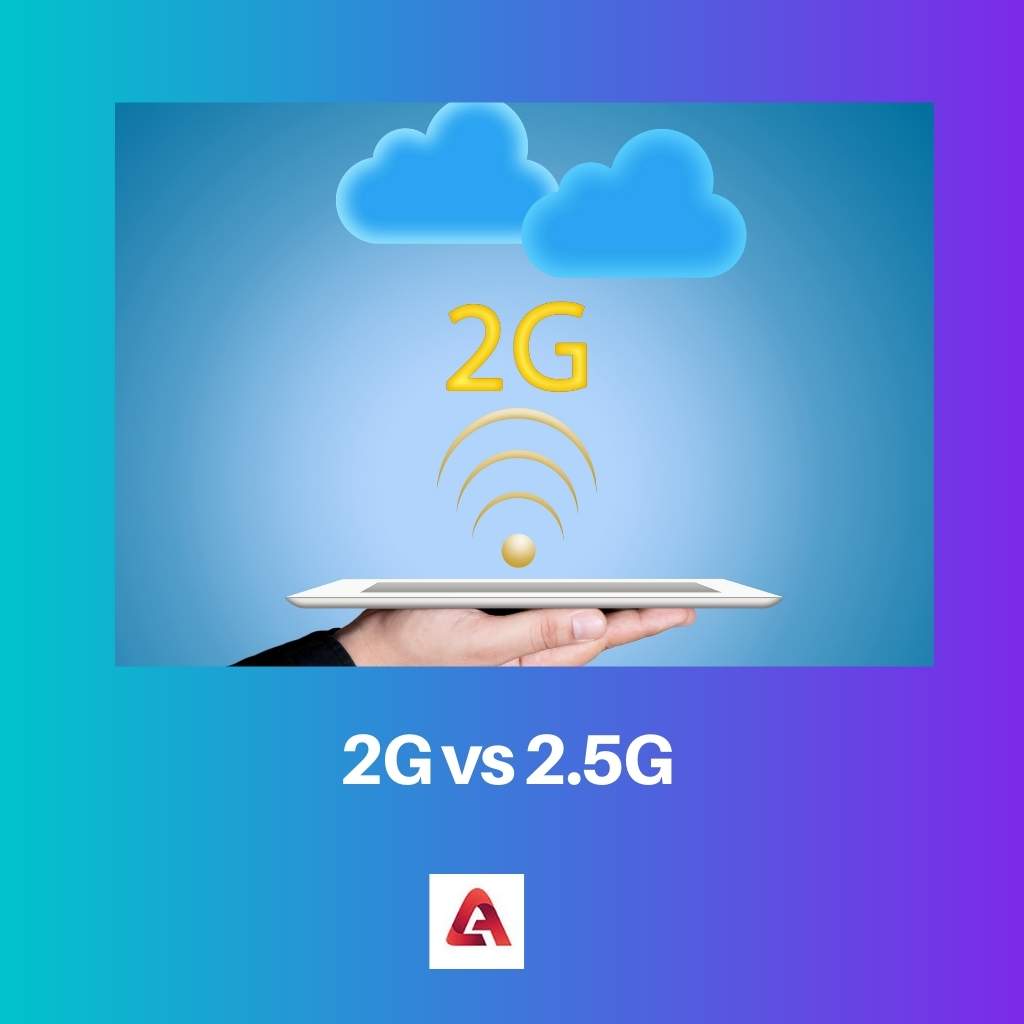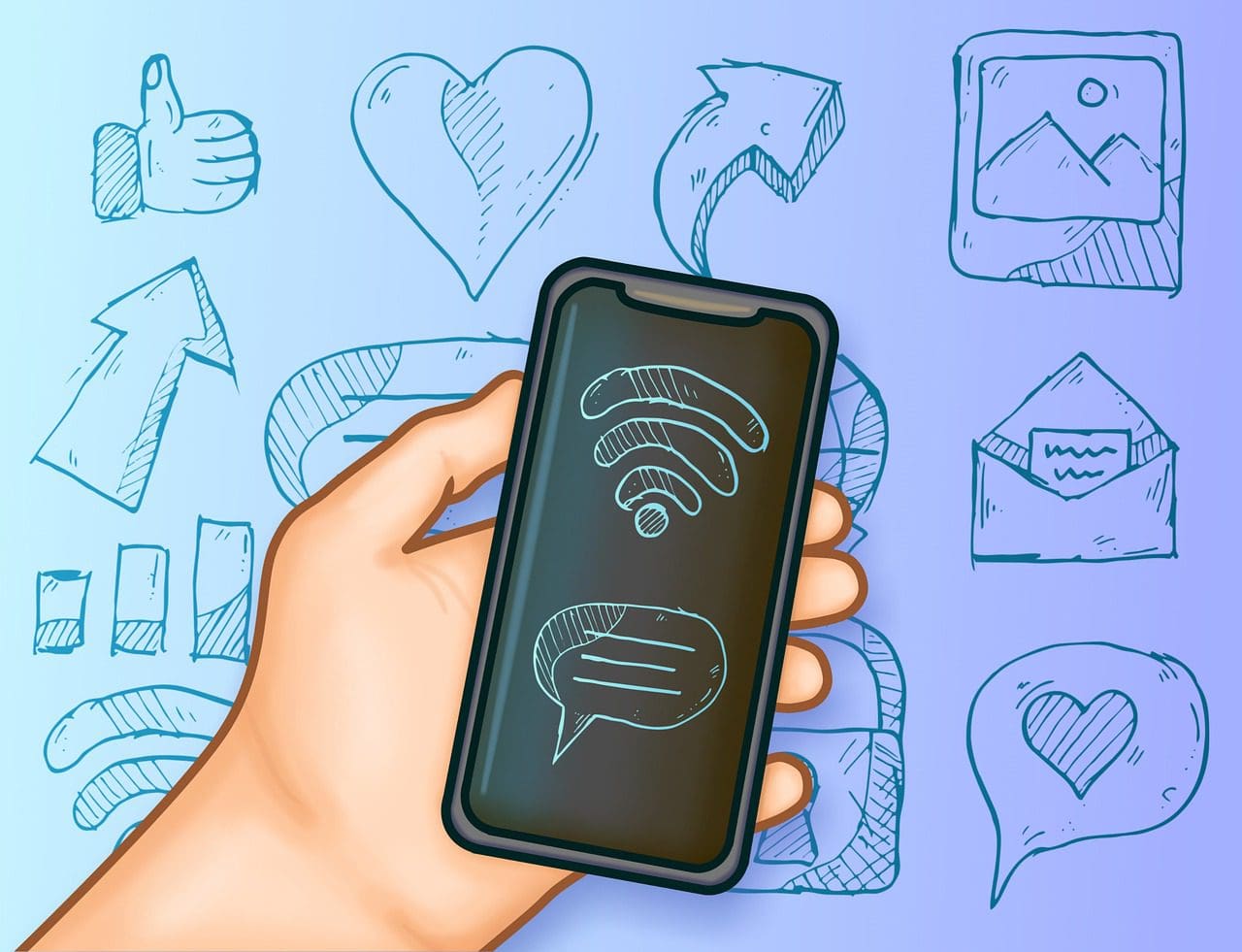In the contemporary world, cellular phones play very important in everyone’s life. When it comes to the technology of cellular phones, they are mainly portrayed by generations.
It is impossible to imagine a world without any cellular phone technology.
Generation can be divided into many parts. For each generation, everything is different, whether it is related to technology or features.
In this case, the upgrade of any version is not very noticeable, and then it can be identified as half-steps. 2G and 2.5G are one of them.
Key Takeaways
- 2G technology provided digital voice and text services, while 2.5G introduced limited data services, such as GPRS and EDGE, to mobile devices.
- 2.5G networks offered improved data transfer rates and internet connectivity compared to 2G, paving the way for mobile web browsing and multimedia messaging.
- The adoption of 2.5G was a transition phase towards 3G, which provided enhanced data capabilities, faster internet speeds, and improved mobile services.
2G vs 2.5G
Basic Internet connectivity is available on 2G phones, known as PCS phones. The maximum connection speed for 2G Web phones is 14.4 kbps. While 2.5G has faster Internet access rates as well as voice and data transmission over cellular networks. 2.5G speeds can reach up to 56 kbps.

2G or Second-generation wireless telephony technology, was launched in 1991. It was launched to replace 1G technology which was a bit old-fashioned and did not fit perfectly for the upcoming generation.
2G provided benefits over their predecessors, such as they were digitally encrypted, introduced data services, and considerable mobile phone penetration levels.
2.5G, or second and a half-generation, was launched in 1991. It can be called transitional or midway between 2G and 3G networks. 2.5G was designed to make networks more suitable than what 2G provides.
It is associated with GPRS (General Packet Radio Services). Because 2.5G is an upgraded version of 2G, they both are quite similar but vary in many terms.
Comparison Table
| Parameters of Comparison | 2G | 2.5G |
|---|---|---|
| Design began | 1980 | 1985 |
| Launched | 1991 | 1999 |
| Security | Text encryption | Encryption |
| Data bandwidth | 14.4 kbps | 384 kbps |
| Specialty | Digital version of 1G | Upgraded version of 2G |
What is 2G?
2G or Second-generation wireless telephony technology. It is a cellular network that was launched on the GSM (Global System for Mobile Communication) standard in the year of 1991.
It was launched by Radiolinja (now part of Elisa Oyj) in Finland. The usual 2G technology was TDMA (Time Division Multiple Access) which is based on GSM.
2G technologies provide services to various networks such as SMS (Short Message Service), MMS (Multimedia Messaging Service), and picture messages.
2G offers a transfer speed of 40 kbit/s with GPRS (General Packet Radio Service) and 384 kbit/s transfer speed with EDGE (Enhanced Data Rates for Global Evolution).
When 2G was launched, it was applauded due to many reasons. To make batteries last longer, it used digital signals rather than analogue signals.
Data and voice calls got security as 2G used digital encryption. As a result, only a deliberate recipient could receive a call or read text.
The denunciation of 2G is majorly dependent on the location of the towers. In digital signals, signals completely deform or cut off because of their jagged nature.
But if we terminate 2G services from the remote area too, it could lead to 2G users vulnerable users with no means to access emergency contacts.

What is 2.5G?
2.5G or two-point half-generation or second a half-generation. It is an upgraded version of 2G. The task of assembling a design for 2.5G began in 1985 and was finally launched in 1999.
2.5G was applauded in the market as it has slightly more features and advantages than 2G.
2.5G technology came up with services to various networks such as SMS (Short Message Service), MMS (Multimedia Messaging Service), mobile games, WAP (Wireless Application Protocol) and search and directory.
This uses the packet-switched network, which is quite similar to the internet. With 2.5G technologies, this service got possible.
2.5G is just an upgraded version of 2G technology. That’s why it uses the infrastructure, such as the transmitter of older 2G networks.
In addition, it implements circuit-switching data as well as packet-switching data. But its browsing speed is limited as compared to 2G.
When it comes to carrier frequency, it is the same as 2G.
2.5G can be called transitional or midway between 2G and 3G networks.
As a result, it includes HSCSD (High-Speed Circuit Switched Data), EDGE (Enhanced Data Rates for GSM Evolution), UMTS (Universal Mobile Telecommunication System), and GPRS (General Packet Radio Service).
In the field of data rates, its maximum speed can go up to 384 kbps, whereas it can be low as 20 kbps.

Main Differences Between 2G and 2.5G
- 2G only supports SMS (Short Message Service), MMS (Multimedia Messaging Service), and picture messages, whereas 2.5G supports SMS, MMS, mobile games, WAP (Wireless Application Protocol) and search and directory.
- 2G has the technology of GSM (Global System for Mobile Communication). On the other hand, 2.5G have TDMA (Time Division Multiple Access) and CDMA (Code Division Multiple Access).
- When it comes to speed, 2G supports GPRS (General Packet Radio Service) in 40-50 kbps and EDGE (Enhanced Data Rates for Global Evolution) in 500 kbps- 1 Mbps, while 2.5G supports GPRS in 20-40 kbps and EDGE in 236.8-384 kbps.
- In terms of the core network, 2G provides PSTN (Public Switched Telephone Network). On the flip side, 2.5G provides PSTN as well as a packet network.
- When it comes to standards of 2G and 2.5G, 2G has GSM (Global System for Mobile Communication), iDEN (Integrated Digital Enhanced Network), and D-MPS (Dual Modular Power System). In contrast, 2.5G has GPRS (General Packet Radio Service) and EDGE (Enhanced Data Rates for Global Evolution).
- https://books.google.com/books?hl=en&lr=&id=Y-91Z3y-gokC&oi=fnd&pg=PR7&dq=2G&ots=XpR6tA-D77&sig=Mcg8J6CVRJsYBtay3TzXgPBUqrg
- https://books.google.com/books?hl=en&lr=&id=Y-91Z3y-gokC&oi=fnd&pg=PR7&dq=2.5G&ots=XpR6tA-E26&sig=7bmwiw0yb6dbOXbKaKGkz7d43Y4

The article’s explanation of datarate comparisons and the differences between the two technologies was quite illuminating.
This article’s information on the browsing speed and services provided by 2.5G was quite comprehensive and informative.
The article’s coverage of 2.5G’s features and its role as a transitional phase between 2G and 3G was quite eye-opening.
The comparison table showing differences between 2G and 2.5G was quite informative. It’s helpful for readers to understand key distinctions between these technologies.
The details on 2.5G’s implementation of both circuit-switching and packet-switching data and its role as a transitional phase towards 3G was quite enlightening.
The details on 2G and 2.5G technologies, including their differences and specific areas of use, were quite educational and engaging.
I appreciate the detailed design and security information provided for both 2G and 2.5G technologies.
The article’s explanation of the benefits of 2G like digital encryption for voice calls and secure text messages was quite insightful.
This article provided a comprehensive comparison between 2G and 2.5G technologies. The details on 2G’s launch and specific services like SMS and MMS are quite educational.
The article’s coverage of the services provided by 2.5G, such as WAP, games, and multimedia messaging, was very informative.